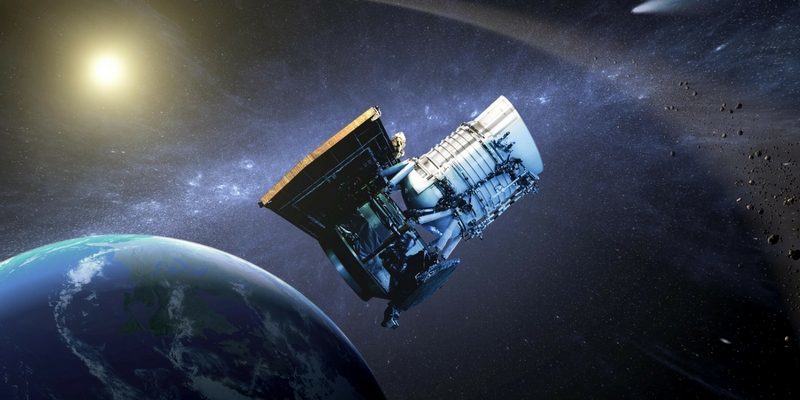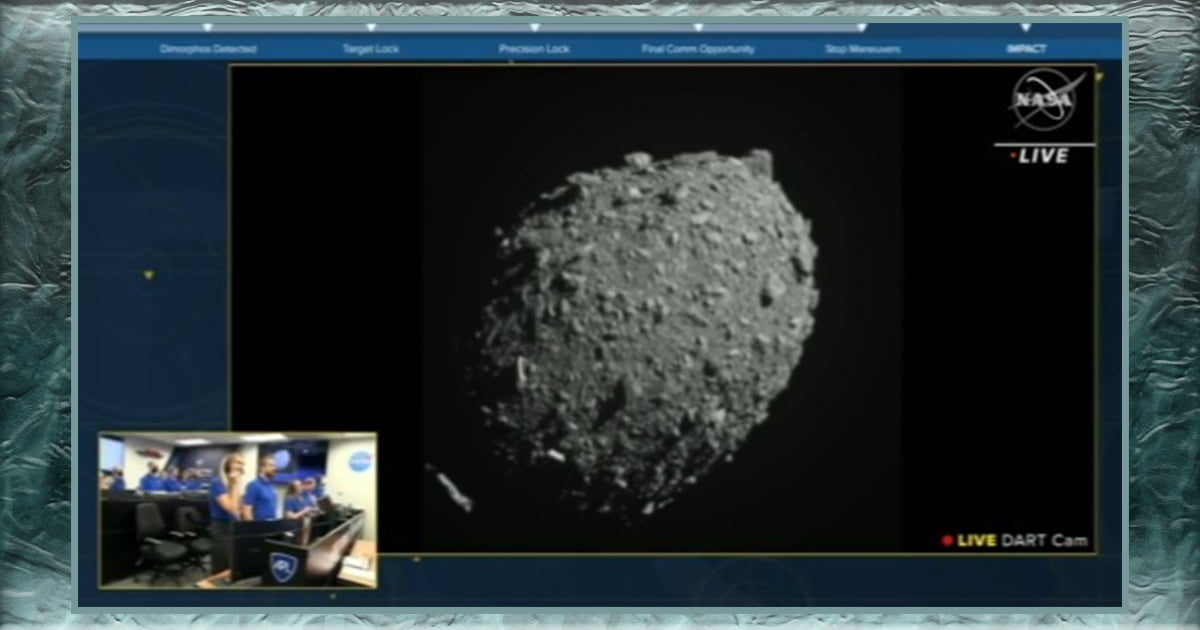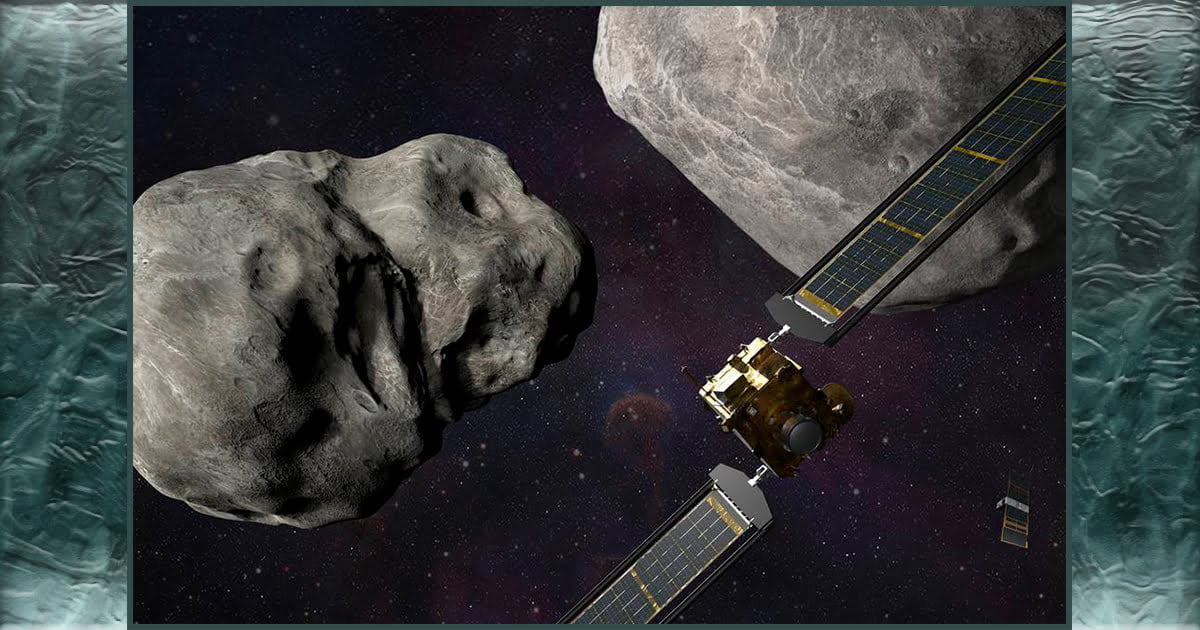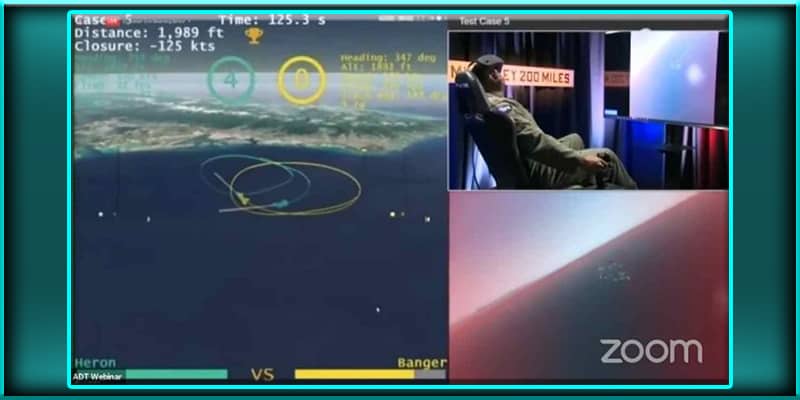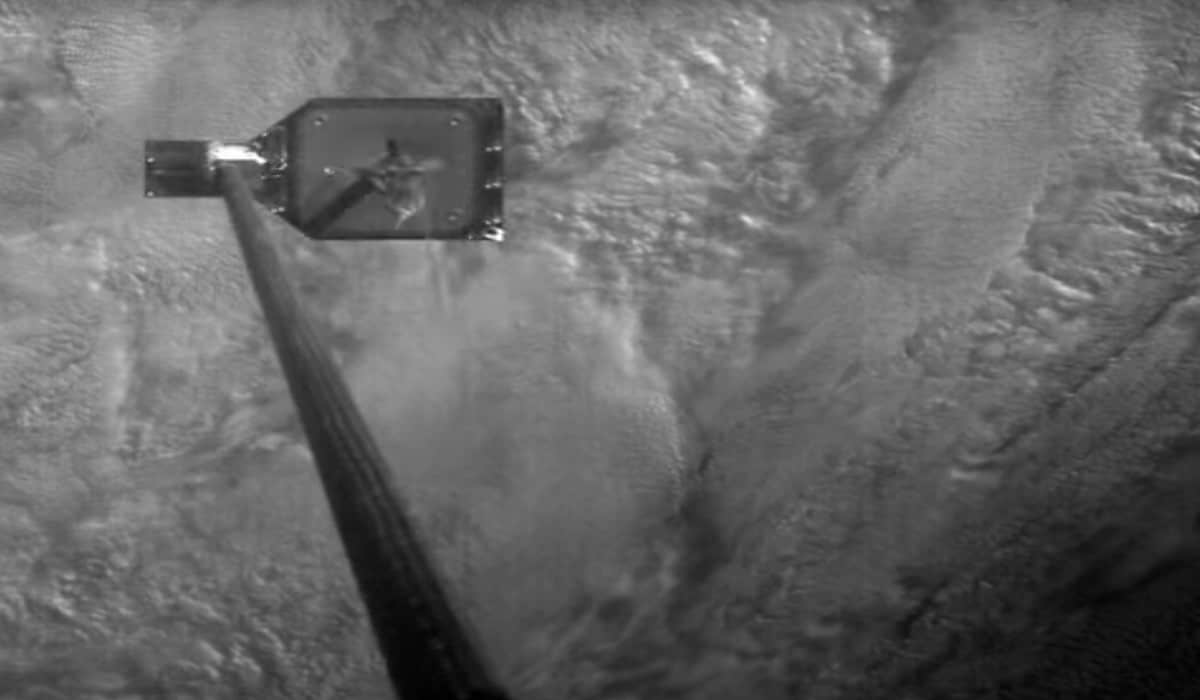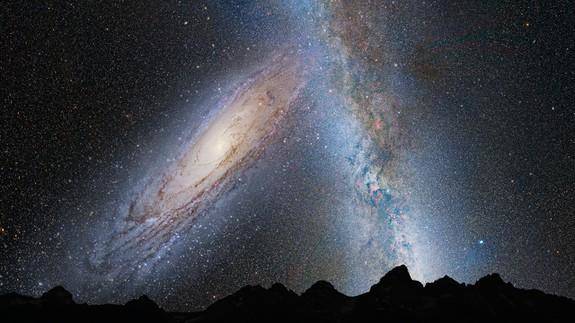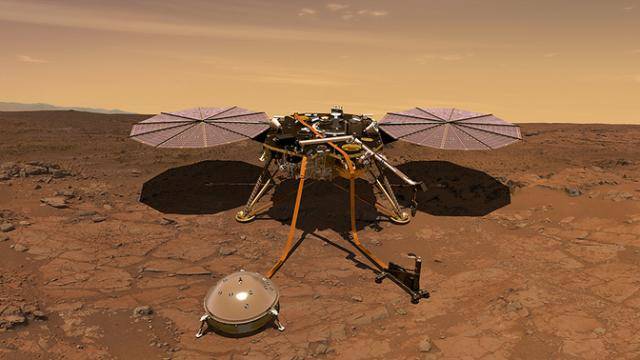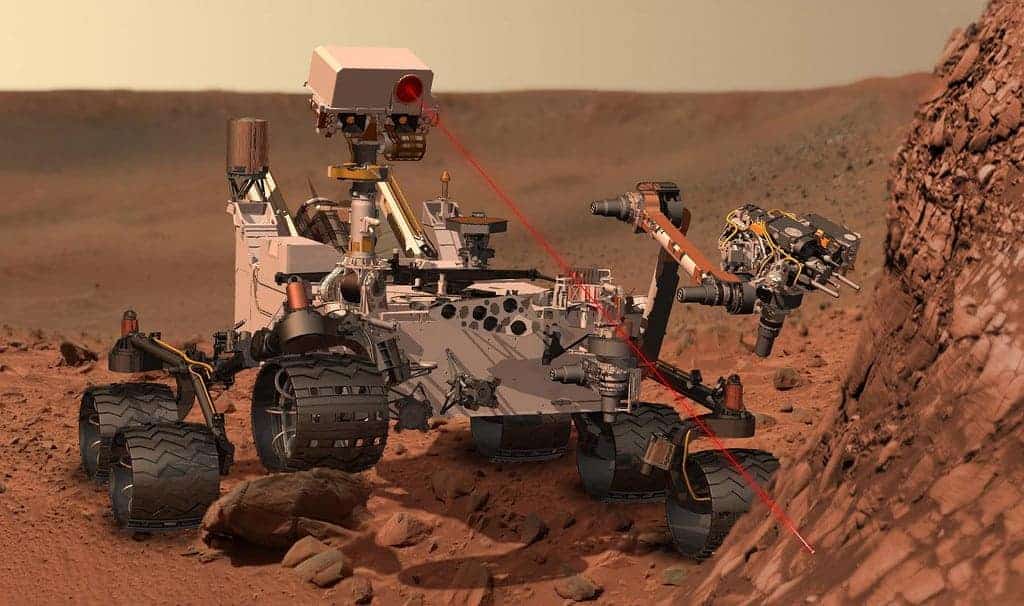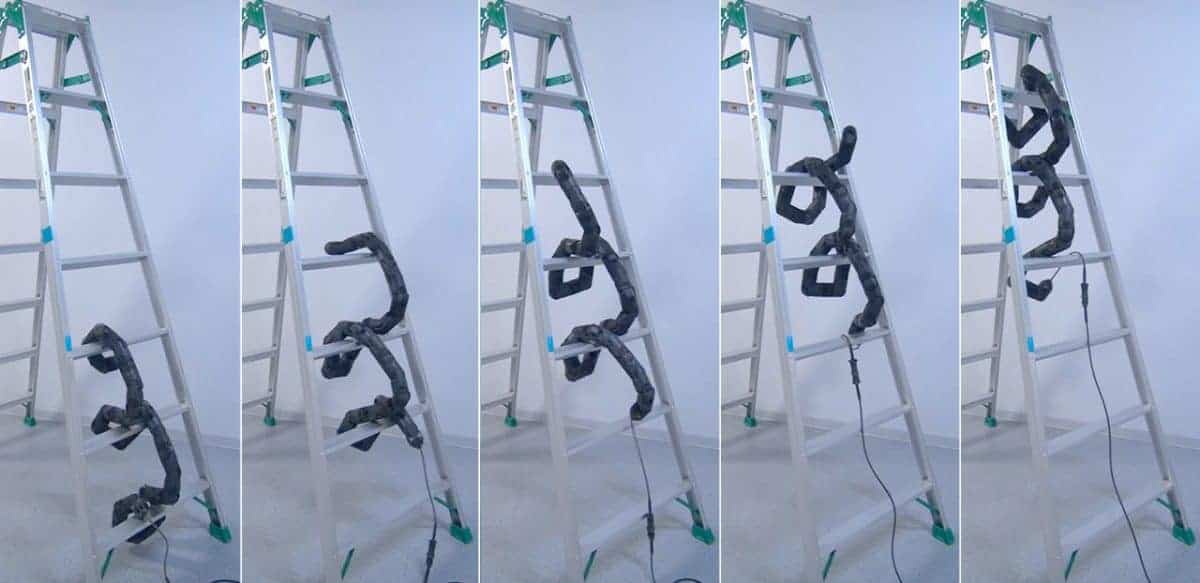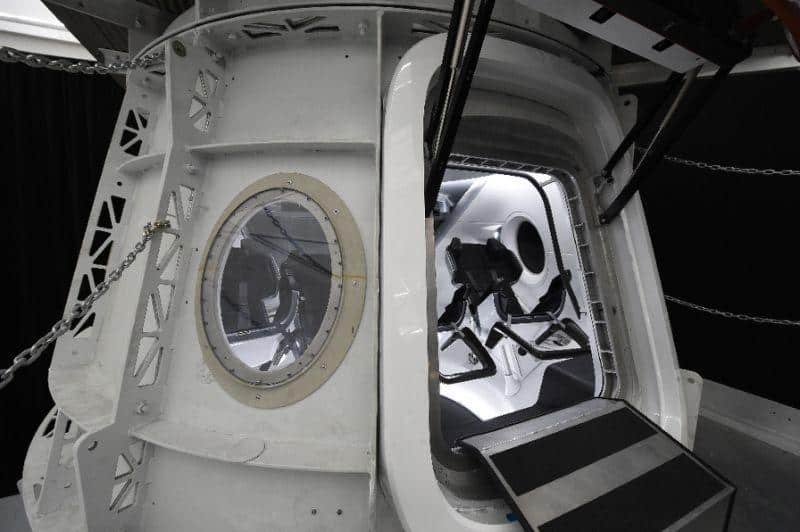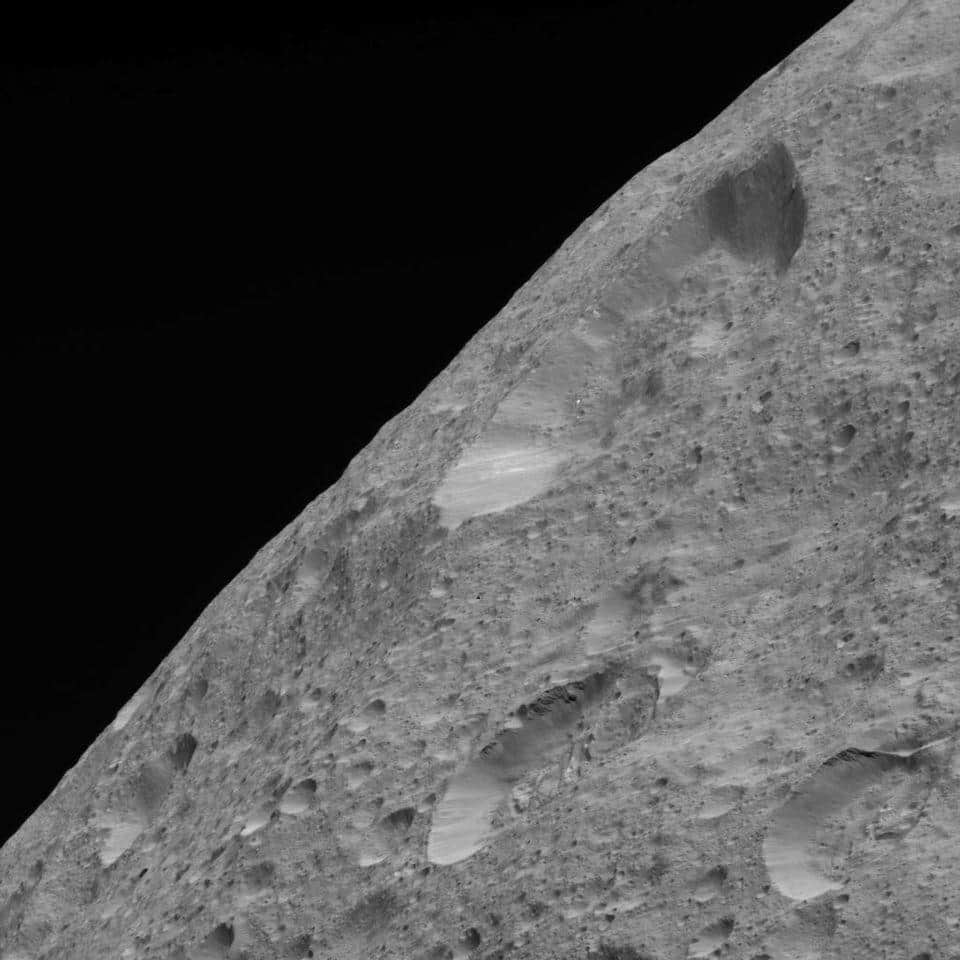NASA and Lockheed Martin ‘Revolutionize’ Search for Alien Life With New AI
(ANTIMEDIA) — Artificial intelligence (AI), or, more accurately, deep learning algorithms run by neural networks, have become far more complex in recent years, and their functionality has expanded dramatically. It’s being used in virtually every industry, including art and law, as well as in every scientific discipline. AI is even being used in the search for extraterrestrial intelligence and exoplanets.
Last week, NASA announced that a Google machine learning algorithm discovered a previously undetected star system with eight exoplanets. Ahead of that press conference, Lockheed Martin announced that they had created a new AI system that would be used to sift through the vast trove of data being sent back from the Kepler missions. In the coming years, as the James Webb Space Telescope begins sending back unprecedented images and information, scientists will be overwhelmed with data. The FIDO, or Foraging & Information Discovery for Open Source Intelligence, says Lockheed will assist in space exploration.
According to Lockheed Martin Space Systems Vice President Carl Marchetto:
“AI can revolutionize how we use information from space, both in orbit and on deep space missions, including crewed missions to Mars and beyond. Lockheed Martin and NEC are experts in space and systems, and that’s the right blend to explore how AI can improve space products for astronauts and people on the ground.”
Since one could surmise that the global aerospace defense contractor is less interested in exoplanets than in testing out their AI capabilities for the imminent weaponization of space, it’s worth noting that they’re not the only ones turning to AI for space exploration. The University College London has also created an AI for space exploration. RobERt — short for Robotic Exoplanet Recognition — will scan deep-space data for signs of habitable planets.
Endowed with a deep-belief network (DBN), RobERt is capable of filtering data through silicon “neuron” layers in a manner similar to how the human brain works. This will allow it to analyze the spectra of reflected light that passes through the atmospheres of distant planets. By studying the wavelengths of this light, RobERt can help determine the constituent atmospheric gases and whether those planets could potentially harbor life. This is important in the search for extraterrestrial life, as well as the search for habitable planets that future human settlers could inhabit.
AI will almost certainly play a major role in future space exploration, including the search for extraterrestrial life and habitable exoplanets. The study of these exoplanet atmospheres will also allow scientists to determine how planetary systems, including our own, form in the first place. In a separate project, AI was even used to simulate what extraterrestrial civilizations might look like.
